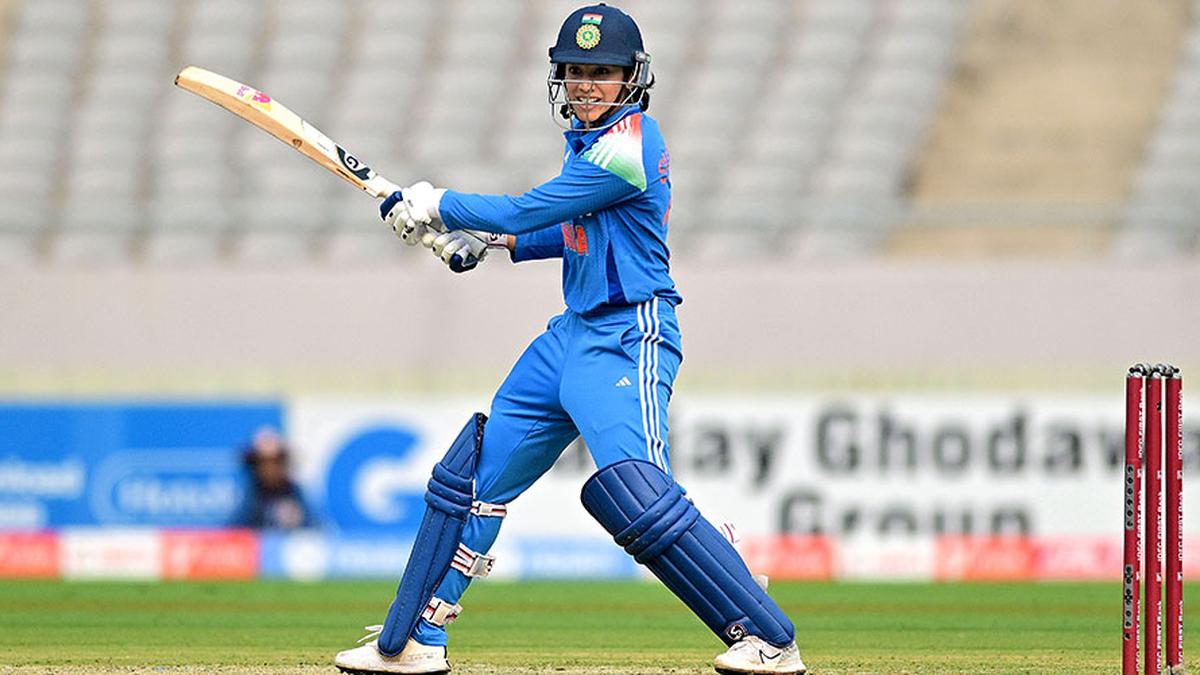NEW DELHI: From basic infantry skills and seamanship to operating advanced weapon systems and platforms like diesel-electric submarines and supersonic fighter jets, India is further cranking up the training of foreign military personnel to strengthen defence partnerships with different countries.
The focus is on training cadets and personnel from “friendly foreign countries” in the Gulf, the ASEAN, and Africa, apart of course from the neighbourhood, in the various Indian military establishments and academies.
As part of the ongoing military outreach to Gulf countries like UAE, Saudi Arabia, Oman, Qatar, and Bahrain, for instance, as many as 76 Saudi cadets have now begun sea training at the Southern Naval Command (SNC) at Kochi.
The trainees from the King Fahad Naval Academy of the Royal Saudi Naval Forces (RSNF) have joined the Indian Navy’s first training squadron for the four-week programme, which comes after Saudi navy chief Admiral Fahad Abdullah S Al-Ghofaily’s visit here in january this year.
“The curriculum ranges from basic seamanship activities to simulator-based training during the harbour phase. The sea phase will focus on practical exposure to nuances of life at sea,” an officer said. This is the second such RSNF batch after the first included 55 cadets in May-June last year.
Similarly, military personnel from 26 countries in Africa, where China has made huge strategic inroads, regularly attend courses in the Indian Army’s establishments and pre-commissioning training academies.
“The Army trains around 3,100 foreign personnel from over 100 countries every year, which includes about 450 from African countries,” another officer said. The Army even offers special training packages in its establishments like the counterinsurgency and jungle warfare school at Vairengte in Mizoram.
The Navy, in turn, provides training to at least 300 foreign trainees at its various training establishments or on-board warships at any given time. “At present, 14 naval schools are training students from more than 20 different countries,” the officer said. There were, for instance, 10 foreign cadets at the passing out parade of the Indian Naval Academy in Ezhimala last month.
India has also been steadily deepening military ties with ASEAN countries like Singapore, Vietnam, Indonesia, and the Philippines through regular joint exercises, military exchanges, arms sales and training programmes, with an eye firmly on an aggressive and expansionist China.
India, for instance, has trained Malaysian pilots to fly Russian-origin Sukhoi-30 jets and Vietnamese sailors to operate Kilo-class submarines. India also provides its military facilities and ranges for Singapore’s army and air force to train under special five-year bilateral pacts.
“Training personnel from other countries is a very important aspect of military diplomacy. It strengthens India’s foreign cooperation, while also showcasing our world-class military training facilities,” a senior officer said.
India, of course, is also trying to step up its exports of BrahMos supersonic cruise missiles, Akash air defence missile systems, Pinaka multi-launch rocket systems and lightweight Tejas fighters, among other military hardware and software.
The focus is on training cadets and personnel from “friendly foreign countries” in the Gulf, the ASEAN, and Africa, apart of course from the neighbourhood, in the various Indian military establishments and academies.
As part of the ongoing military outreach to Gulf countries like UAE, Saudi Arabia, Oman, Qatar, and Bahrain, for instance, as many as 76 Saudi cadets have now begun sea training at the Southern Naval Command (SNC) at Kochi.
The trainees from the King Fahad Naval Academy of the Royal Saudi Naval Forces (RSNF) have joined the Indian Navy’s first training squadron for the four-week programme, which comes after Saudi navy chief Admiral Fahad Abdullah S Al-Ghofaily’s visit here in january this year.
“The curriculum ranges from basic seamanship activities to simulator-based training during the harbour phase. The sea phase will focus on practical exposure to nuances of life at sea,” an officer said. This is the second such RSNF batch after the first included 55 cadets in May-June last year.
Similarly, military personnel from 26 countries in Africa, where China has made huge strategic inroads, regularly attend courses in the Indian Army’s establishments and pre-commissioning training academies.
“The Army trains around 3,100 foreign personnel from over 100 countries every year, which includes about 450 from African countries,” another officer said. The Army even offers special training packages in its establishments like the counterinsurgency and jungle warfare school at Vairengte in Mizoram.
The Navy, in turn, provides training to at least 300 foreign trainees at its various training establishments or on-board warships at any given time. “At present, 14 naval schools are training students from more than 20 different countries,” the officer said. There were, for instance, 10 foreign cadets at the passing out parade of the Indian Naval Academy in Ezhimala last month.
India has also been steadily deepening military ties with ASEAN countries like Singapore, Vietnam, Indonesia, and the Philippines through regular joint exercises, military exchanges, arms sales and training programmes, with an eye firmly on an aggressive and expansionist China.
India, for instance, has trained Malaysian pilots to fly Russian-origin Sukhoi-30 jets and Vietnamese sailors to operate Kilo-class submarines. India also provides its military facilities and ranges for Singapore’s army and air force to train under special five-year bilateral pacts.
“Training personnel from other countries is a very important aspect of military diplomacy. It strengthens India’s foreign cooperation, while also showcasing our world-class military training facilities,” a senior officer said.
India, of course, is also trying to step up its exports of BrahMos supersonic cruise missiles, Akash air defence missile systems, Pinaka multi-launch rocket systems and lightweight Tejas fighters, among other military hardware and software.
We also published the following articles recently





